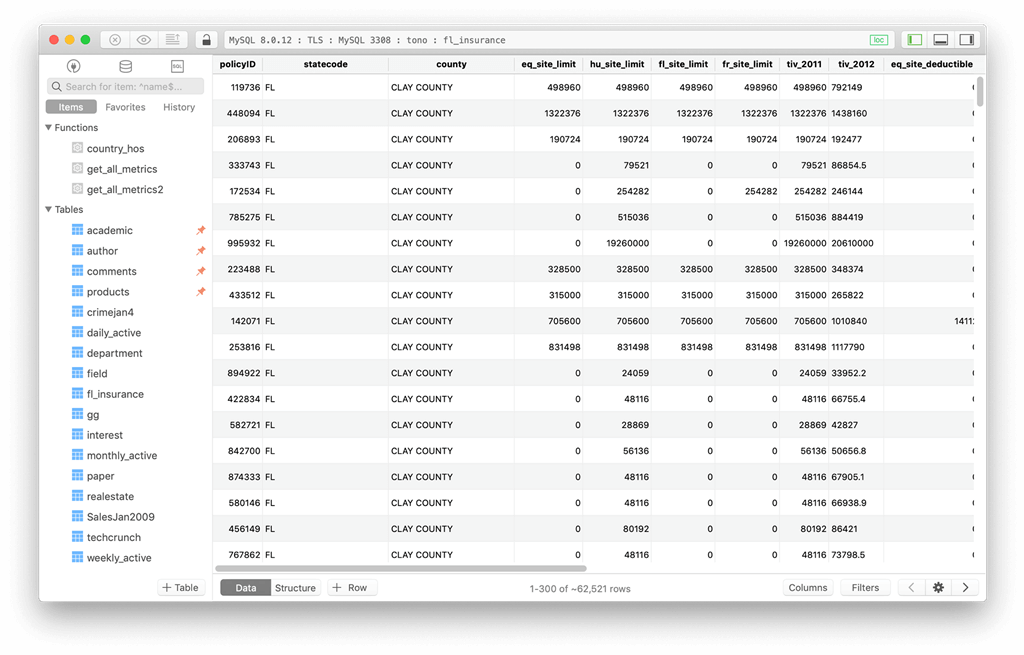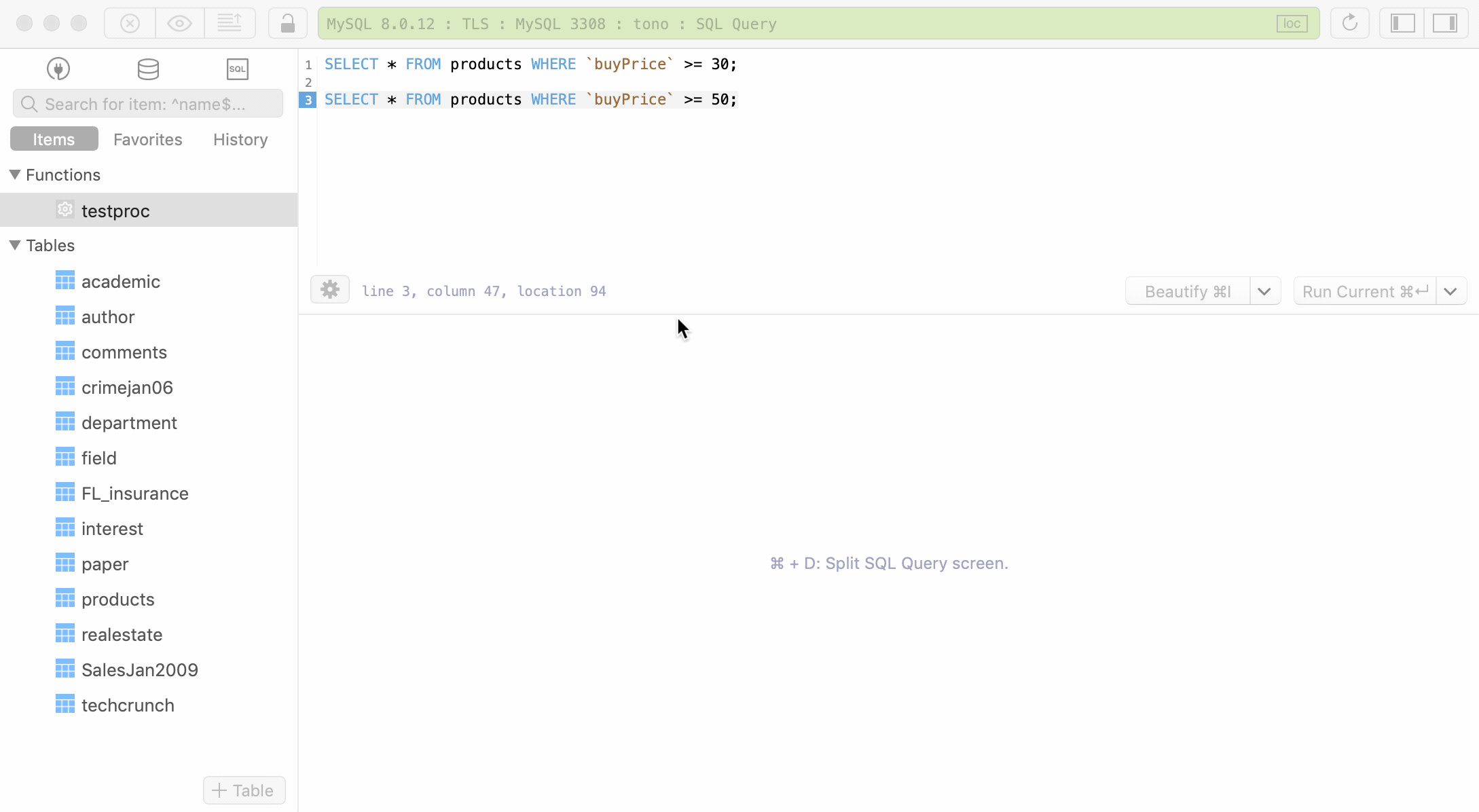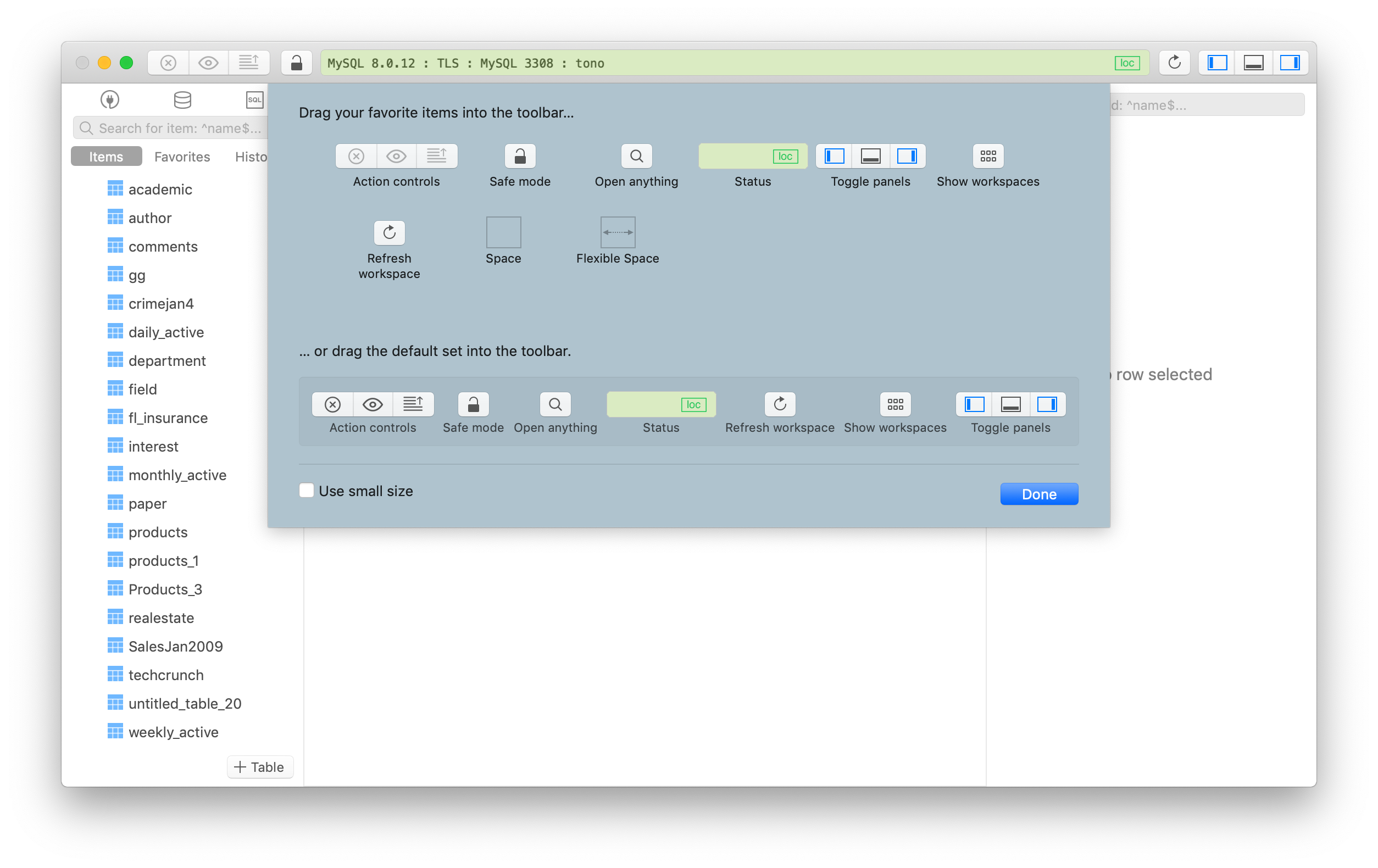

Sno | siid | sname | sd | ed | sid | status

Now, we execute the function and can see that data is getting inserted: postgres=# select * from sample_insert(3,103,'','',4,'t' ) VALUES (_sno, _siid, _sd, _ed, _sid, _status) INSERT INTO sample (sno, siid, sd, ed, sid, status) Postgres=# INSERT INTO SAMPLE (sno, siid, sd, ed, sid, status) VALUES (2, 103, '', '', 4, 't') Ĭreate a function postgres=# CREATE FUNCTION sample_insert(_sno integer, _siid integer, _sd date, _ed date, _sid integer, _status boolean) Postgres=# INSERT INTO SAMPLE (sno, siid, sd, ed, sid, status) Postgres(# CONSTRAINT pk_snoa PRIMARY KEY (sno) PostgreSQL 9.6.15 on x86_64-pc-linux-gnu, compiled by gcc (GCC) 4.4.7 20120313 (Red Hat 4.4.7-23), 64-bitĬreate a table and insert data postgres=# CREATE TABLE SAMPLE First we confirm the Postgres version in use: postgres=# select version() Here is an example of how to create a user-defined function using CREATE FUNCTION in Postgres 9.6. Basically, PostgreSQL version 11 allows users to perform autonomous transactions like COMMIT or ROLLBACK inside a procedural code that can be invoked using the CALL keyword. Moreover, as an added advantage, you will now be able to run transactions directly inside a procedural code.

However, beginning with PostgreSQL version 11, procedures can be created using the CREATE PROCEDURE statement. Until PostgreSQL version 11, both stored procedures and user-defined functions were created with the CREATE FUNCTION statement. It defines a stored procedure and describes the differences between procedures and functions, how they are created in different Postgres versions, and how to use autonomous transactions to call them.Ī stored procedure is basically a set of precompiled SQL and procedural statements (declarations, assignments, loops, etc.) that is stored on the database server and can be invoked using the SQL interface to perform a special operation. SUMMARY: This article reviews stored procedures in PSQL.


 0 kommentar(er)
0 kommentar(er)
